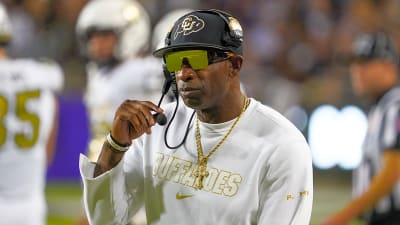Waimea Bay is sacred ground in big wave surfing. It is the site of the world’s most prestigious surf contest, the annual Eddie Aikau Big Wave Invitational, although the event has only run 11 times since its inception in 1985 on account of the requisite 40-foot-plus waves during the event window.
It is the OG big wave spot. It’s where modern big wave surfing began. And still today, despite countless other, perhaps “better” spots in terms of surfing style, Waimea holds immense weight.
But like many things, throughout all those decades of historical importance, Waimea Bay did not always look the way it does today. On flat days, in the summertime, it was not flocked with dental floss bikini’d and tomato-red sunburnt tourists, bellyflopping off the jump rock, dotting the beach with umbrellas and coolers full of Foodland poke and Hawaiian Suns. It looked a little different.
As mentioned, and seen, in above, there used to be much more sand on the beach at Waimea. The jump rock was buried much deeper; it wasn’t as high. The shoreline was further out to sea. The extensive beach was even wider, longer, and more open…although, there were less people of course. Also Kam Highway looks a bit different, a little less crowded than it is during swell season these days.
For a little more on the history of wave-riding at Waimea, here’s Matt Warshaw from the Encyclopedia of Surfing:
“Some historians believe that Waimea was surfed by ancient Hawaiians, but evidence is slight. Waimea made a disturbing entry onto the modern surf scene in 1943, as Honolulu surfers Woody Brown and Dickie Cross, after getting caught outside at nearby Sunset Beach on a fast-rising swell, were forced to paddle three miles down the coast to Waimea, where they hoped to come ashore through the channel. But the channel was closed out. Cross drowned, Brown washed up on the beach unconscious, and the incident helped keep surfers away from Waimea until 1957.
“The canonical story about the first day of surfing at Waimea is that Greg Noll of California led a small group into the lineup on a 15-foot day, while surf moviemaker Bud Browne filmed from the shore. In the '00s, it came to light that a quiet Long Beach lifeguard named Harry Schurch had been out, alone, a couple hours earlier than Noll and his gang. In any event, Browne's movie The Big Surf, released in 1958, introduced Waimea to thousands of American and Australian wave-riders, and for more than 10 years the break was a media sensation, featured in general interest magazine articles (including Life and the Saturday Evening Post), surf magazine covers, surf movies, and posters. Columbia Pictures' 1964 action-comedy Ride the Wild Surf, starring Fabian and Barbara Eden, finished with a Waimea Bay showdown.”
More must-reads:
- Mariners trade top catching prospect Harry Ford for surprising return
- No. 4 Texas Tech cashes in football investment with first Big 12 championship game win
- The 'SEC football champions since 1992' quiz
Breaking News
Trending News
Customize Your Newsletter
 +
+
Get the latest news and rumors, customized to your favorite sports and teams. Emailed daily. Always free!








